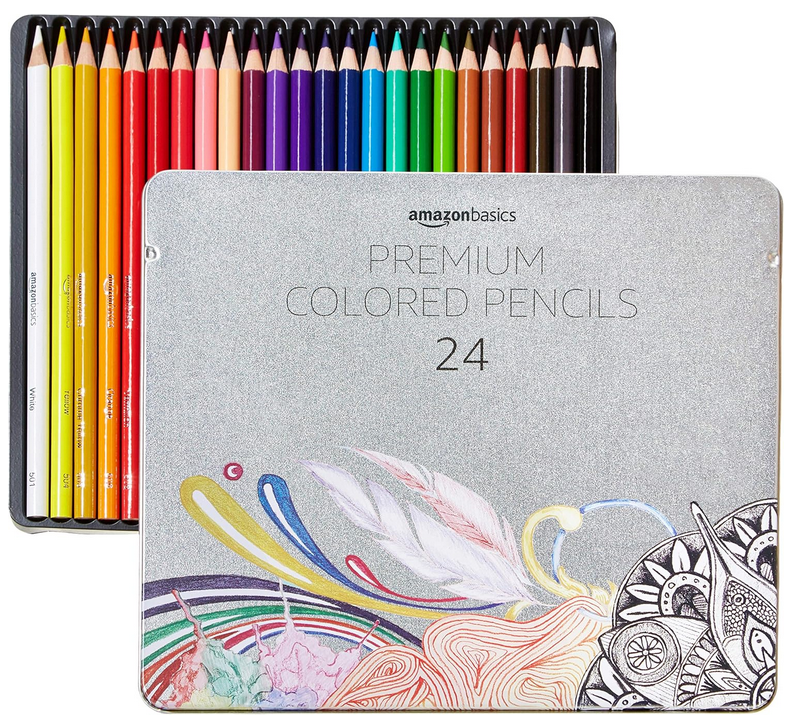- Home
- Art History
- West Africa
West African Art
West African Art represents one of the most diverse and influential artistic traditions in world history, encompassing numerous cultures, materials, and artistic expressions spanning several centuries. From the intricate bronze castings of Benin to the elaborate masks of the Yoruba people, this rich artistic heritage has profoundly influenced modern art movements and continues to captivate audiences worldwide.
The study of West African art history reveals sophisticated artistic practices that date back to ancient civilizations. The region's artistic traditions have been shaped by complex social structures, religious beliefs, and cultural practices that have evolved over time. These artistic expressions serve not only aesthetic purposes but also fulfill important social, religious, and political functions within their communities.
One of the most remarkable aspects of West African Art is its emphasis on sculptural forms. Artists traditionally worked with materials such as wood, bronze, ivory, and terracotta to create both ceremonial and functional objects. The famous Benin bronzes, created by artists of the Edo people in what is now Nigeria, demonstrate exceptional technical skill and artistic sophistication that amazed European collectors when they first encountered them.
The role of masks in West African artistic tradition cannot be overstated. These intricate creations, far more than mere decorative objects, play crucial roles in religious ceremonies, social rituals, and community gatherings. Each mask type has specific symbolic meanings and is often used in particular ceremonies or by specific social groups. For art history fill-in worksheet purposes, students should note that masks typically combine human and animal features to represent spiritual forces.
Textile arts form another significant component of West African artistic expression. The region's textile traditions include techniques such as strip weaving, tie-dyeing, and stamping. The famous Kente cloth of the Asante people of Ghana, with its complex patterns and symbolic colors, exemplifies the sophisticated nature of West African textile design and production.
The formal elements of West African Art often reflect a deep understanding of abstraction and geometric patterns. Artists frequently emphasize the essential features of their subjects while simplifying or exaggerating others to create powerful visual statements. This approach to form and representation later influenced European modernist artists, including Pablo Picasso and Henri Matisse, demonstrating the global impact of West African artistic traditions.
Okay, so now I've put on some ads from Amazon - from which I may earn a few cents. (2025)



